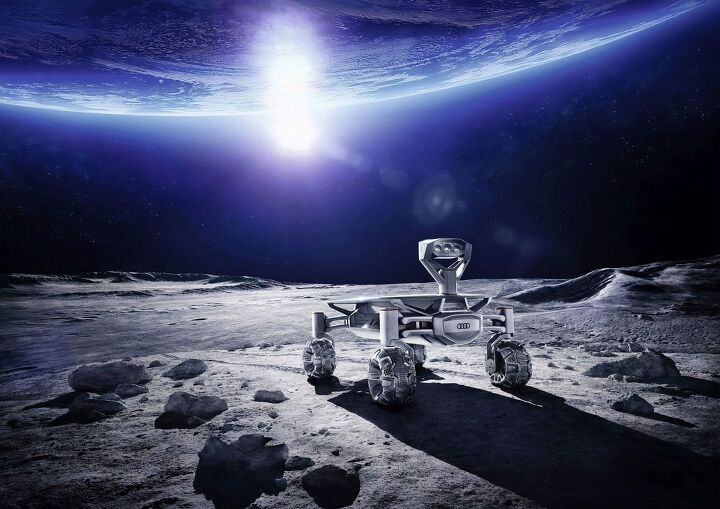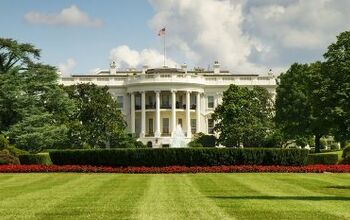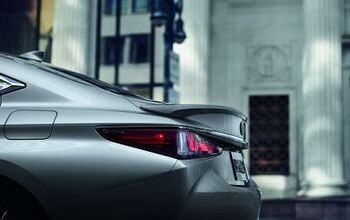Audi Vehicle Packs Its Bags, Books Ticket to the Moon

It’s a one-way flight, obviously.
Audi has announced that its Lunar Quattro has a ticket to ride on a moon-bound spaceflight booked for late next year. Refined, finessed, and now 18 pounds lighter, the automaker’s plucky moon rover is bound for a rendezvous with another extraplanetary car.
That one, however, is a 1970s model.
Since Audi announced its desire to land a four-ring rover on the moon early last year, 16 of its top experts have put their brains together assembling a battery-powered lunar vehicle equipped with sure-footed all-wheel drive. Moon dust, as we all know, is terrible for traction.
It’s not boredom that’s compelling Audi to make this trip. The automaker, working with the German space travel company Part-Time Scientists, hopes to beat out 15 competing teams to win the Google Lunar XPRIZE. To win, a team must land a rover on the moon, drive it a minimum of 500 meters (about a third of a mile), and send back photos.
To make up for the cost of development, the prize includes a $30 million payday. Not bad, but spaceflight ain’t cheap.
With two 66.1-pound Audi Lunar Quattros at the ready, all that’s left is the trip. And it’s a loooong trip — 385,000 kilometers, or about 240,000 miles. Yesterday, the automaker announced that PT Scientists has secured a launcher booked through Spaceflight Inc., which should lift off near the end of 2017. Space News reports that the launch vehicle will almost certainly be a SpaceX Falcon 9 booster, which is how Elon Musk worms his way into this story.
Unlike a NASA mission, the Google Lunar XPRIZE doesn’t concern itself with mineral samples and the effects of weightlessness on tiny screws in space. Simply, the mission is all about getting there, period.
Still, the Audi team doesn’t plan to ignore space history or science. There’s extra room in the probe, so the team plans to ship equipment for NASA, the European Space Agency and Wikipedia. Also, the two rovers are headed to meet up with a relic of the past — the Apollo 17 Lunar Rover left behind in the Valley of Taurus-Littrow after the last manned moon mission in 1972. That vehicle was built with the help of General Motors.
[Image: Audi AG]

More by Steph Willems
Latest Car Reviews
Read moreLatest Product Reviews
Read moreRecent Comments
- FreedMike Yet another GM Deadly Sin: trot out something in what was a very competitive and important market segment that hadn't been restyled in 11 model years, and was based on a platform that was over 20 years old, and expect people would be dumb enough to buy it over a Corolla or Civic (or a Focus, for that matter).
- TheMrFreeze Makes you wonder if he's seeing something with Stellantis he doesn't like and wanted out as a result. As somebody with three FCA vehicles in their driveway, Stellantis is sounding more and more like DaimlerChrysler 2024 🤬
- Theflyersfan The official car of someone saying "You sure there's nothing else available?" at the rental car counter.
- Allen Fischer It all started with the 1973 Arab oil embargo. High gas prices made people look to the Japanese for fuel efficiency, then realized the other benefits, like longevity. The Toyota Camry has many times been seen as "the most Ameican made car" in the U.S. I own one and question why "the big three" have not been duplicate this, its just a car. Toyota and Honda have lean business models and know how to "trim the fat". May the lean survive!
- SCE to AUX If Pontiac died by 1000 cuts, this had to be at least 10 of them.


































Comments
Join the conversation
Better an Audi on the moon than a Lexus in Uranus, I'd say...
But why? Also, audis don't even last the entirety of their lease period without electronic failures; I doubt they'll survive the ~250,000 mile trip to the moon.